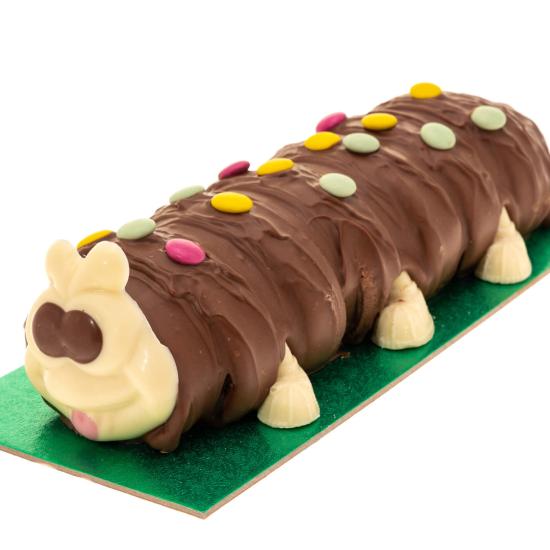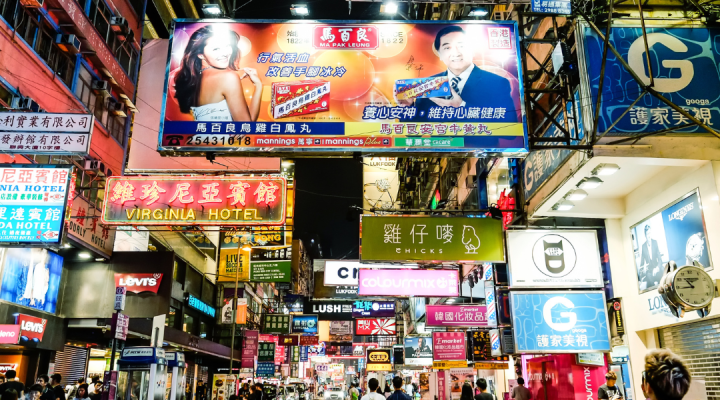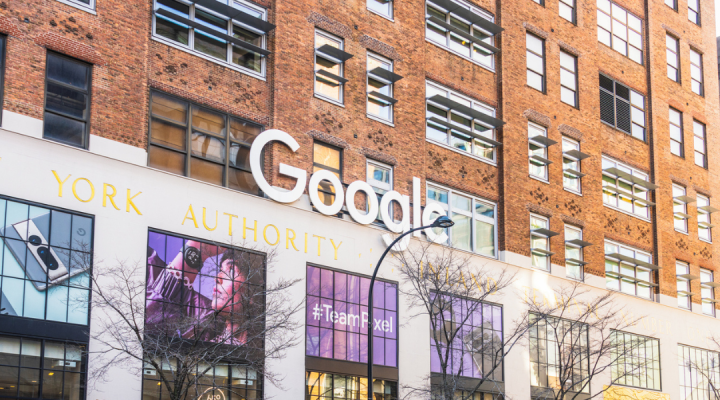Business competition creates plenty of drama. Among the more interesting and legally charged is copying: from fake Disneyland to fake Apple stores to the recent M&S complaint over the Cuthbert and Colin caterpillar cakes. These cases highlight important themes in the way brands interact with consumers and competitors.
Cuthbert is by no means the first instance of imitation by one brand of another. Appealing ideas are often copied. Since brand image and associations are carefully crafted to help ease decisions and reduce information burdens, it can be beneficial for competitors to copy the 'look and feel' of a product or brand. This allows an imitating brand to piggyback on the effort of the target brand and receive some of the beneficial perceptual associations without the arduous work of creating them.
Brands are mental guideposts in decisions. Familiar elements may draw attention, are easier to process, and can evoke good feelings or memories. People draw on past experience when they encounter novel products, because many things about a product are difficult to ascertain before purchase. 'Is it going to be good?' – often, inferences have to be made. Brands are extremely helpful in making these inferences, as are other elements like the quality of the design and the packaging. These associations are created by culture, but also by marketing. A brand that develops good products that people like becomes a "signal" for quality in the future. We all make use of these cues all the time. The rub comes when one brand builds up equity in a brand image and another seeks to get that value through imitation.
Counterfeiting represents the extreme case of imitation, where no distinct second brand exists. For Louis Vuitton counterfeiters, there is no analogue to the role played by Aldi here. Counterfeiting is seen as unambiguously negative by consumers, unless they are "in" on the game. Moving from counterfeiting to imitation makes the story more complex. Sentiment can turn on a myriad of contextual features. Imitators can copy elements of product design, logos, or packaging. The background of product similarity also matters – Aldi is not the only retailer to have a caterpillar cake, for example. But Aldi does run this risk often – it seems to have made something of an art out of copycatting.
Imitators risk negative reactions from consumers. To the degree that consumers feel imitation is inappropriate, they may look unfavorably on the copycat. Some evidence suggests that a key factor in how consumers judge whether imitation is appropriate is how close the imitator comes to the original. If the imitation is distinctive enough in some way, either by selling a slightly different product or by varying enough of the elements, consumers can find it playful and clever. Notably, the Twitter exchange between the social accounts for the companies highlights attempts at reframing. Aldi appealed to charitable values, while M&S responded in hopes of distinguishing the act of imitation from charity.

A second and perhaps more important risk faced by imitators is that of legal action. Adidas, for example, has a long history of suing anyone who uses stripes on shoes or athletic apparel. Adidas won $305 million from Payless, a shoe retailer, for "willfully infringing" on trademark. Very often such lawsuits end in settlements. Intriguingly, the product itself is often less-protected than the brand and trade dress. It's a closely held secret but many suspect Aldi's sister company in the U.S., Trader Joe's, sells products that are produced by national brands like PepsiCo and Wonderful Pistachios, but sold with a Trader Joe's label. This indicates the value to companies of the brand images they work so hard to create.
Imitation occurs when the risk of negative consumer sentiment and legal action is believed to be outweighed by the benefit of piggybacking on brand perceptions. This is a delicate and unpredictable balance to strike. From the other side of the table, the imitated brand carries the risk of wasted time and money on legal action, but also of provoking negative sentiment if consumers feel the reaction is too harsh, or inconsistent. There can be, however, benefits. Counterfeiting and imitation are signs that a brand has value, which can boost status.
In the case of M&S, another major potential benefit is sheer attention. Google shows that the term 'Colin the Caterpillar' has had 11 times the search interest it did before the controversy. It is not hard to imagine that M&S has received a non-trivial number of incremental sales from the news coverage.




